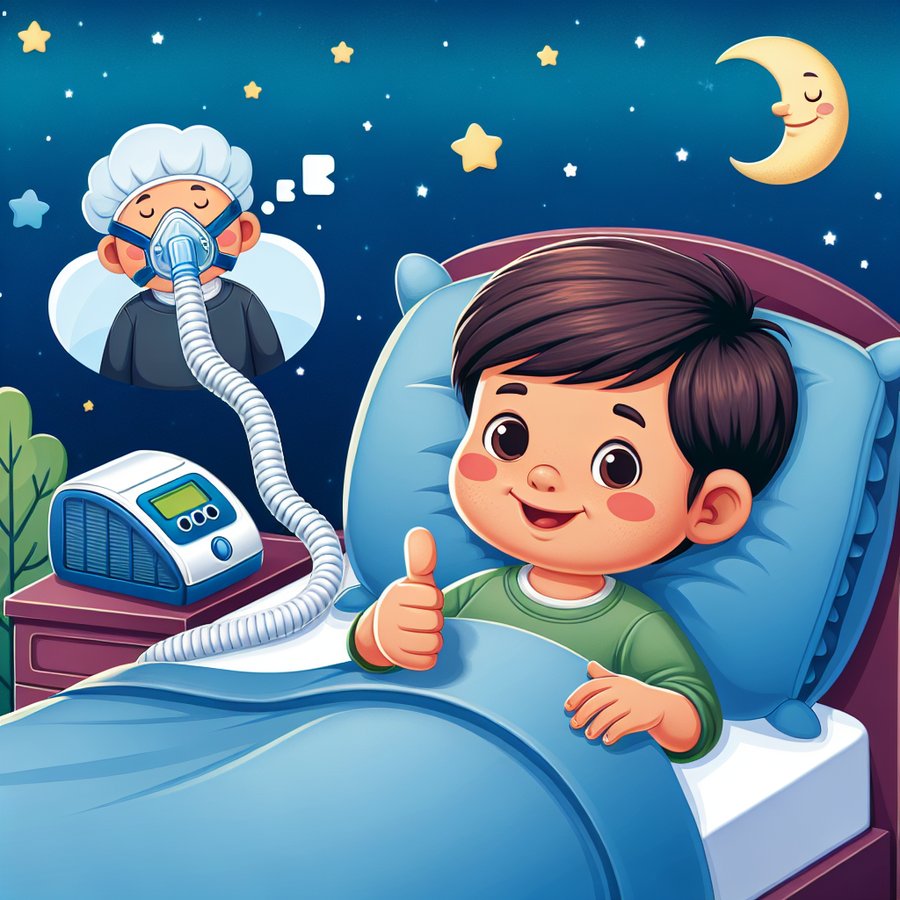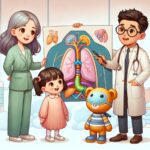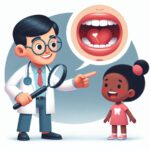Understanding Sleep Apnea in babies is crucial for new parents, as it can significantly affect a baby’s health and development. This condition refers to pauses in breathing or shallow breaths while the baby is asleep. Recognizing the symptoms early can lead to timely intervention and treatment, ensuring your baby’s well-being.
What is Sleep Apnea?
Sleep apnea in babies is a sleep disorder characterized by repeated pauses in breathing during sleep. These pauses can last from a few seconds to minutes and may occur multiple times per hour. This condition can lead to decreased oxygen levels in the blood, affecting the baby’s overall health and development.
There are two main types of sleep apnea: Obstructive Sleep Apnea (OSA) and Central Sleep Apnea (CSA). OSA is caused by a blockage in the airway, often due to enlarged tonsils or adenoids, whereas CSA occurs when the brain fails to send proper signals to the muscles that control breathing. Understanding the difference is vital for proper diagnosis and treatment.
What Are the Symptoms of Sleep Apnea in Babies?
The symptoms of sleep apnea in babies can vary, but common signs include snoring, gasping or snorting during sleep, periods of no breathing, restlessness, and unusual sleeping positions, such as sleeping with the neck extended to open up the airway. It’s crucial for parents to monitor their baby’s sleep pattern and consult a doctor if they notice any of these symptoms.
Other symptoms might include poor feeding, slow growth, or failure to thrive, as sleep apnea can affect the baby’s metabolism and appetite. Furthermore, daytime sleepiness or behavioral issues might be observed due to disrupted sleep patterns.
What Causes Sleep Apnea in Babies?
The causes of sleep apnea in babies can be multifaceted. In the case of OSA, factors such as enlarged tonsils and adenoids, adenoids, or obesity can play a significant role. In contrast, CSA might be linked to prematurity, congenital heart disease, or neurological conditions that affect the brain’s ability to regulate breathing.
Genetic factors and family history of sleep apnea can also increase the risk. It’s essential for parents to be aware of these risk factors and seek medical advice if their baby is showing signs of sleep apnea.
How is Sleep Apnea Diagnosed in Babies?
Diagnosing sleep apnea in babies typically involves a comprehensive evaluation by a pediatrician, who may refer the baby to a sleep specialist. The gold standard for diagnosis is a sleep study, also known as polysomnography, which monitors the baby’s breathing, oxygen levels, and other vital signs during sleep.
This test is crucial for determining the type and severity of sleep apnea, enabling healthcare providers to develop a tailored treatment plan. Parents should prepare for the possibility of a sleep study by discussing what to expect with their healthcare provider.
Treating Sleep Apnea in Babies
The treatment for sleep apnea in babies depends on the type and severity of the condition. For mild cases of OSA, simple measures such as changing the baby’s sleep position or managing acid reflux can be effective. In more severe cases, treatments might include the use of a continuous positive airway pressure (CPAP) machine, surgery to remove enlarged tonsils or adenoids, or other interventions aimed at keeping the airway open during sleep.
For CSA, treatment typically focuses on addressing the underlying condition causing the apnea, such as heart or neurological disorders. In some cases, medication or supplemental oxygen might be necessary to ensure the baby maintains adequate oxygen levels during sleep.
Preventing Sleep Apnea in Babies
While not all cases of sleep apnea in babies can be prevented, there are steps parents can take to reduce the risk. These include ensuring the baby maintains a healthy weight, avoiding exposure to tobacco smoke, and managing any medical conditions that could contribute to sleep apnea. Regular check-ups with a pediatrician are also essential for early detection and treatment of potential issues.
Additionally, educating oneself about safe sleep practices and the importance of a proper sleeping environment can help prevent complications associated with sleep apnea. Ensuring the baby sleeps on their back, using a firm mattress, and keeping the crib free of soft bedding and toys are all recommended practices for a safe and healthy sleep.
Conclusion
Sleep apnea in babies is a condition that requires prompt attention and care. Understanding the symptoms, causes, and available treatments is the first step for parents concerned about their baby’s sleep health. With the right approach and medical support, most babies with sleep apnea can go on to lead healthy, normal lives. If you suspect your baby might have sleep apnea, consult your healthcare provider for an evaluation and possible referral to a sleep specialist.
For more information on sleep-related issues in babies, please visit our comprehensive guide on sleep apnea and other sleep disorders.













